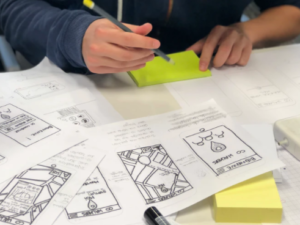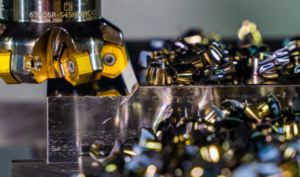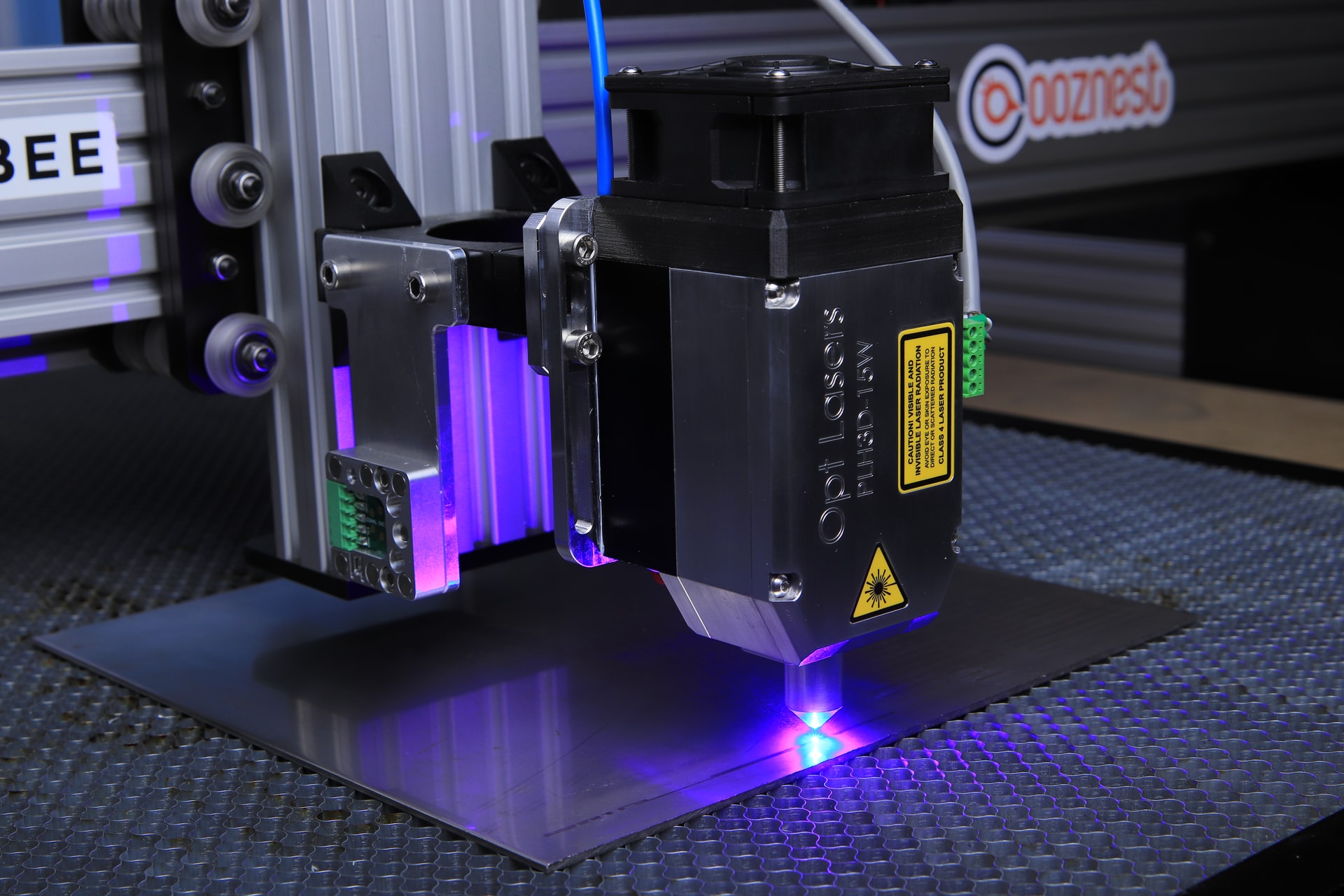Ultimate Guide to Prototyping Tools
Although engineers and designers have been making hardware prototypes for many decades, the tools, machining parts, and methods used to make them have changed dramatically. Today prototyping is faster, more efficient, and much cheaper than ever before.
This allows teams to iterate quickly, validate, and test designs, resulting in more reliable final products and less need for rework when they go into mass production. This article will cover the various prototyping tools available, including the basics and the most sophisticated machinery, and how they are used during product development.
Fidelity Types
 The prototypes do not have to be identical to the final product. They can look very different depending on the designer’s goals. Rapid prototypes can be classified according to the level of accuracy required.
The prototypes do not have to be identical to the final product. They can look very different depending on the designer’s goals. Rapid prototypes can be classified according to the level of accuracy required.
There are various levels of accuracy in terms of the product’s appearance, functionality, size, and user interface. This technology allows you to visualize the concept beyond virtual visualization. It also helps you understand the look and feel of the design. Designers can then present their ideas to the client and incorporate them into the final design. A proof of concept is provided to the client, who will not accept anything less than an actual product design.
Low Fidelity Prototype
These are easy to make and can be used for testing the border concept, such as cardboard mock-ups or paper sketches. This is a problem that product designers have to face. They are unable to create in-house management or help their clients visualize how the final product will look. Despite the incredible advances in 3D and CAD technology, it is still difficult to convey the design elements through digital models. It is essential to prove this in the beginning.
High Fidelity Prototypes
 They look and function the same as the final product. They are used in industries where unmatched precision is required. It is still a quick and precise way to realize the product’s potential.
They look and function the same as the final product. They are used in industries where unmatched precision is required. It is still a quick and precise way to realize the product’s potential.
The best use of 3D printing is of the essence in the automotive, robotics, aerospace, and defense industries since the production parts are cut precisely. Rapid prototyping or additive manufacturing technology has come a long way, and today it’s gaining popularity among manufacturers and engineering designers. Firms are no longer afraid to use aggressive prototyping technology when developing new products. This technology is more accurate than traditional paper prototyping and provides a higher level of fidelity to the product. These are just a few of the many benefits this technology offers in product design and development.…

